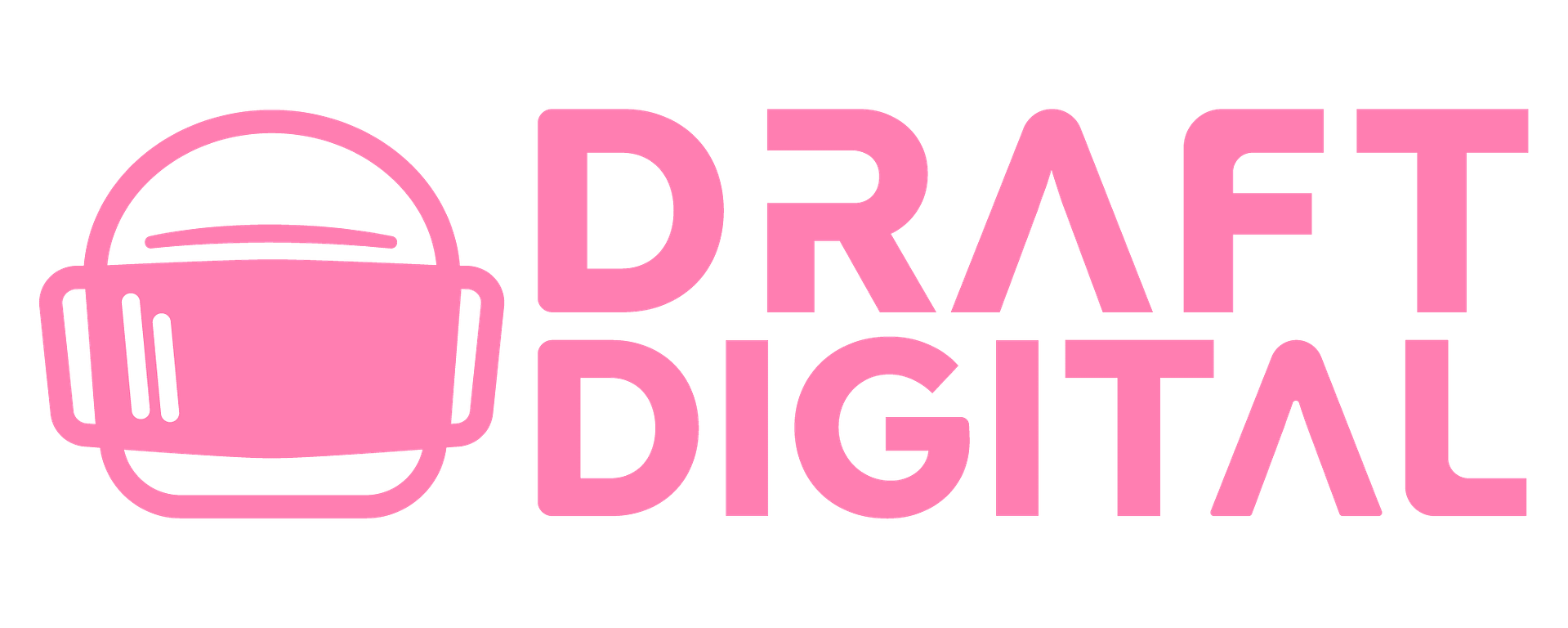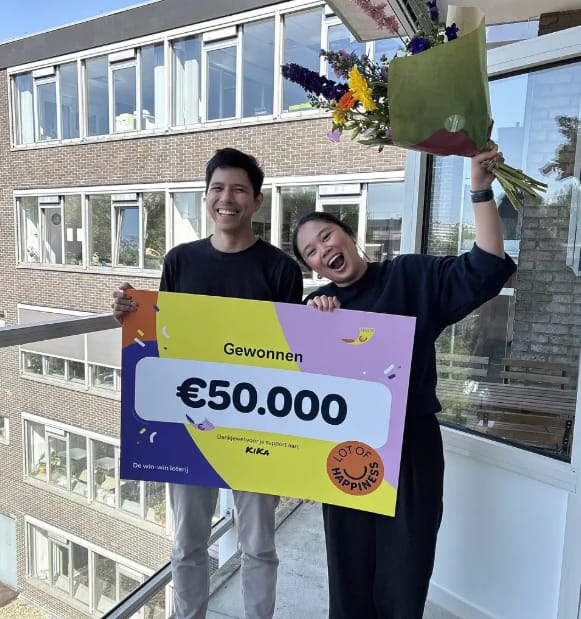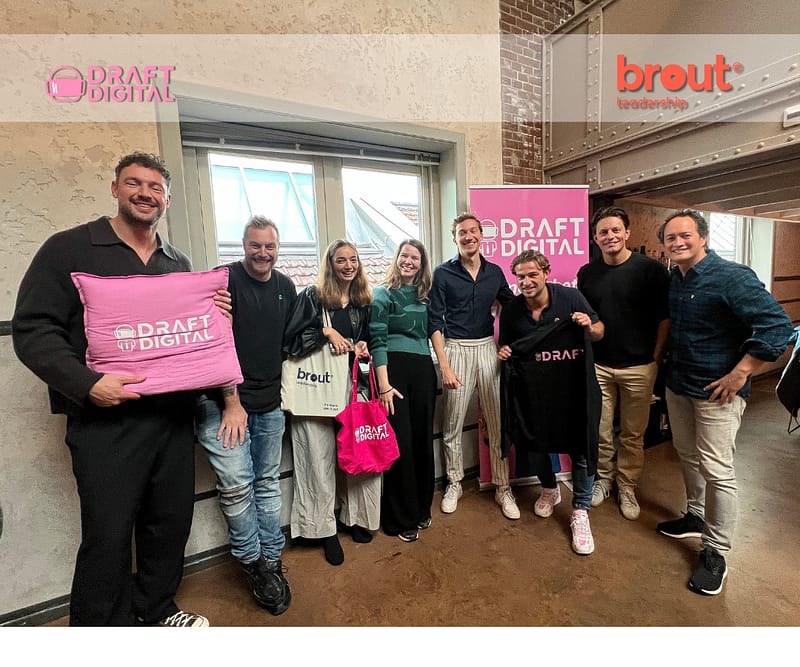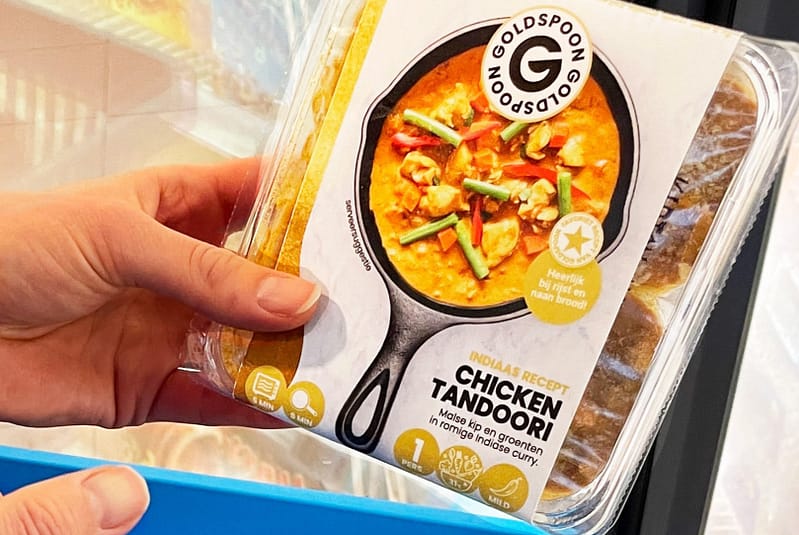Lot of Happiness – Server‑Side Tracking with BillyGrace
Lot of Happiness believes in making the world a better place for everyone. Charities, both big and small, play a pivotal role, and they all deserve the support that Lot of Happiness provides. That’s why Lot of Happiness is the lottery where your voice counts, your impact is significant, and you have the chance to win great prizes, like a million euros in the bank or a new electric cargo bike at your door.
The Challenge for Lot of Happiness
Lot of Happiness initially relied on traditional client‑side tagging to measure user behavior. However, tighter restrictions introduced by browsers and platforms, like Apple’s Intelligent Tracking Prevention (ITP), started making this method less reliable. The resulting data gaps impacted both data quality and the optimization of marketing campaigns.
Although Lot of Happiness had implemented both client‑side and server‑side tracking across most platforms, it hadn’t yet been enabled for their AI tool, Billy Grace, an automation platform that allocates budgets across Google Ads, Bing, Meta, Snap, and TikTok. Since Billy Grace depends on complete and accurate data, improving its measurement infrastructure became crucial for achieving precise optimizations.
The Solution by Draft Digital
To future‑proof their measurement approach, Lot of Happiness became the first advertiser within Billy Grace to pilot Server‑Side Tagging (SST). This technique allows data to be collected via a dedicated server environment, making it more robust and resilient to ad blockers and browser restrictions.
Rather than replacing client‑side tagging, a hybrid model was implemented, allowing both methods to operate in parallel. This approach provides a more complete picture of customer behavior by leveraging the strengths of both methods, making direct performance comparisons possible.
Results for Lot of Happiness
The results confirmed that the hybrid approach significantly improves data reliability. Interestingly, client‑side tagging captured more unique events, yielding slightly higher error margins:
→ 2.04% more server‑side hits were measured compared to client‑side tagging, indicating that server‑side is more likely to register an event.
We also analyzed the number of unique events:
→ 3.26% of web events could not be matched with server‑side tagging.
→ 1.17% of server‑side events could not be matched with client‑side data.
This shows that client‑side tracking captures more unique events, making it more accurate for Billy Grace.
“We often hear in the market that server‑side tagging is the ultimate replacement for client‑side tagging. However, these tests show that both methods actually complement each other very well. It’s vital to validate different tracking methods against each other, but, more importantly, to combine them. This is how you get as close as possible to the truth.”
— Aliks Röling, Digital Marketing Consultant at Draft Digital
The improved tracking allows Billy Grace to operate with greater precision, leading to a more effective allocation of marketing budgets across channels such as Google, Meta, Bing, and Snap.
“Thanks to the combination of server‑side and client‑side tagging, along with Billy Grace’s intelligent optimization, we have a much sharper understanding of the value of each marketing channel. We can clearly see where the returns are and make adjustments more quickly.”
– Leo Nijs, Online Marketer at Lot of Happiness
Next steps for Lot of Happiness
The implementation of server‑side tagging has been an important milestone, but the optimization process is still ongoing. In the next phase, the HubSpot CRM will be connected to Billy Grace, allowing backend data, such as customer value, lead status, and conversion cycles, to be automatically fed back into the AI model.
This creates a fully integrated ecosystem where data, automation, and marketing strategy work together, allowing Lot of Happiness to unlock its full growth potential.







